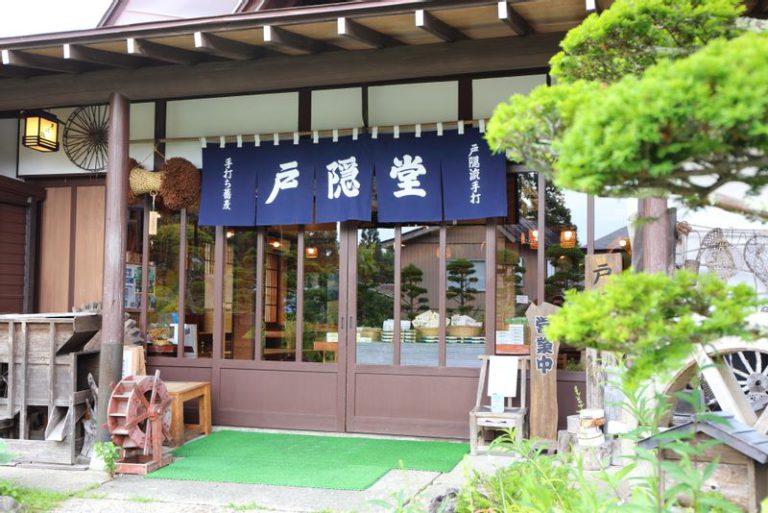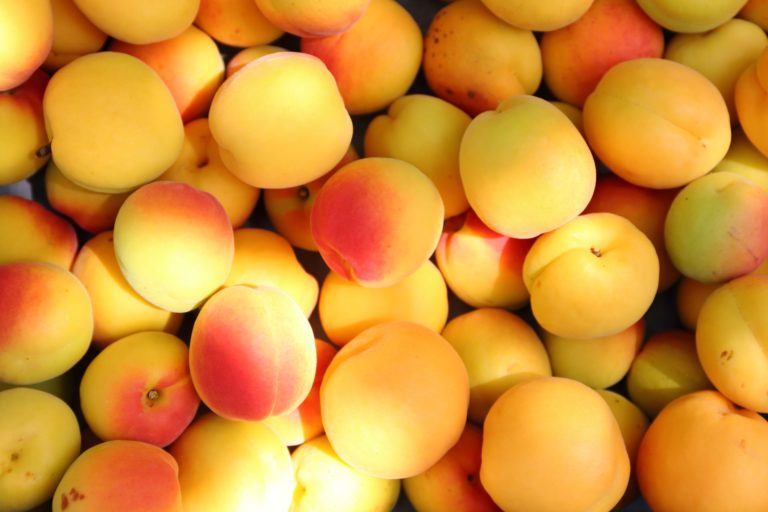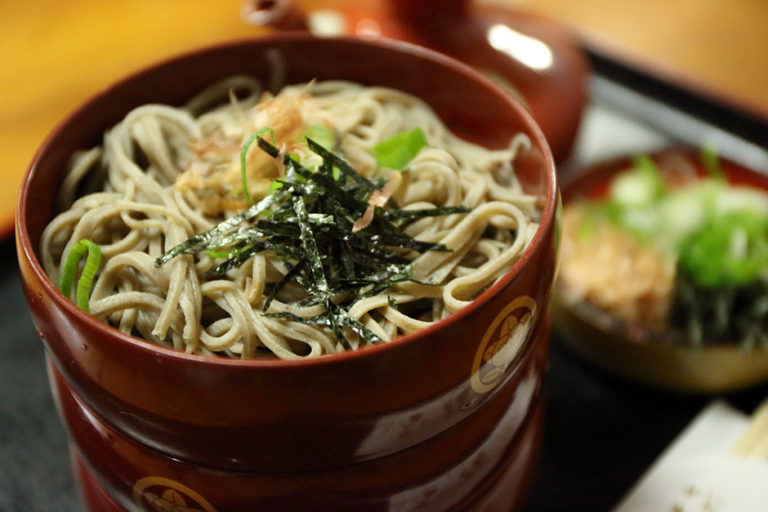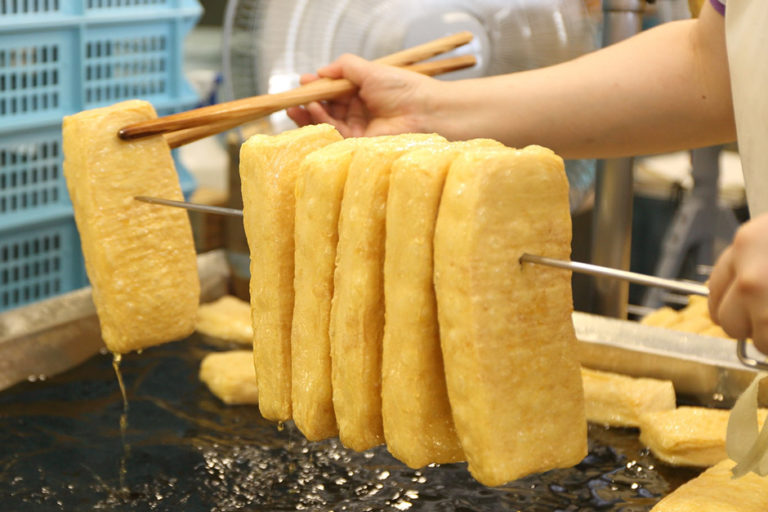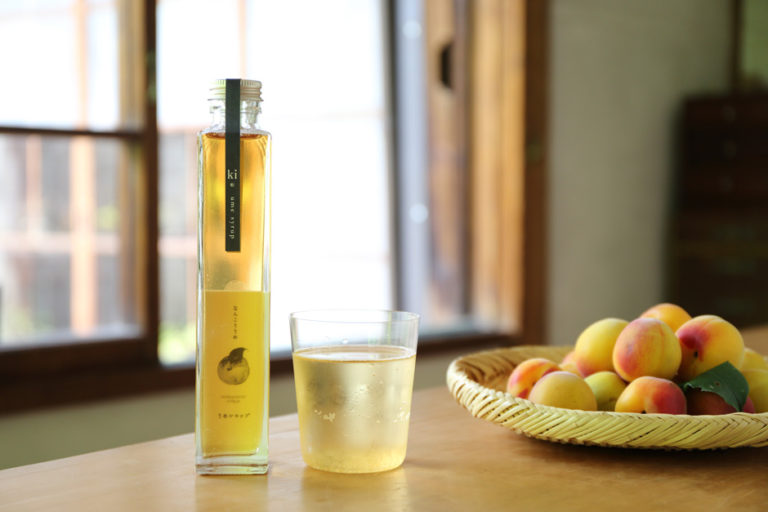Togakushi Soba: Local Pride Among Japan’s Three Great Soba Noodles
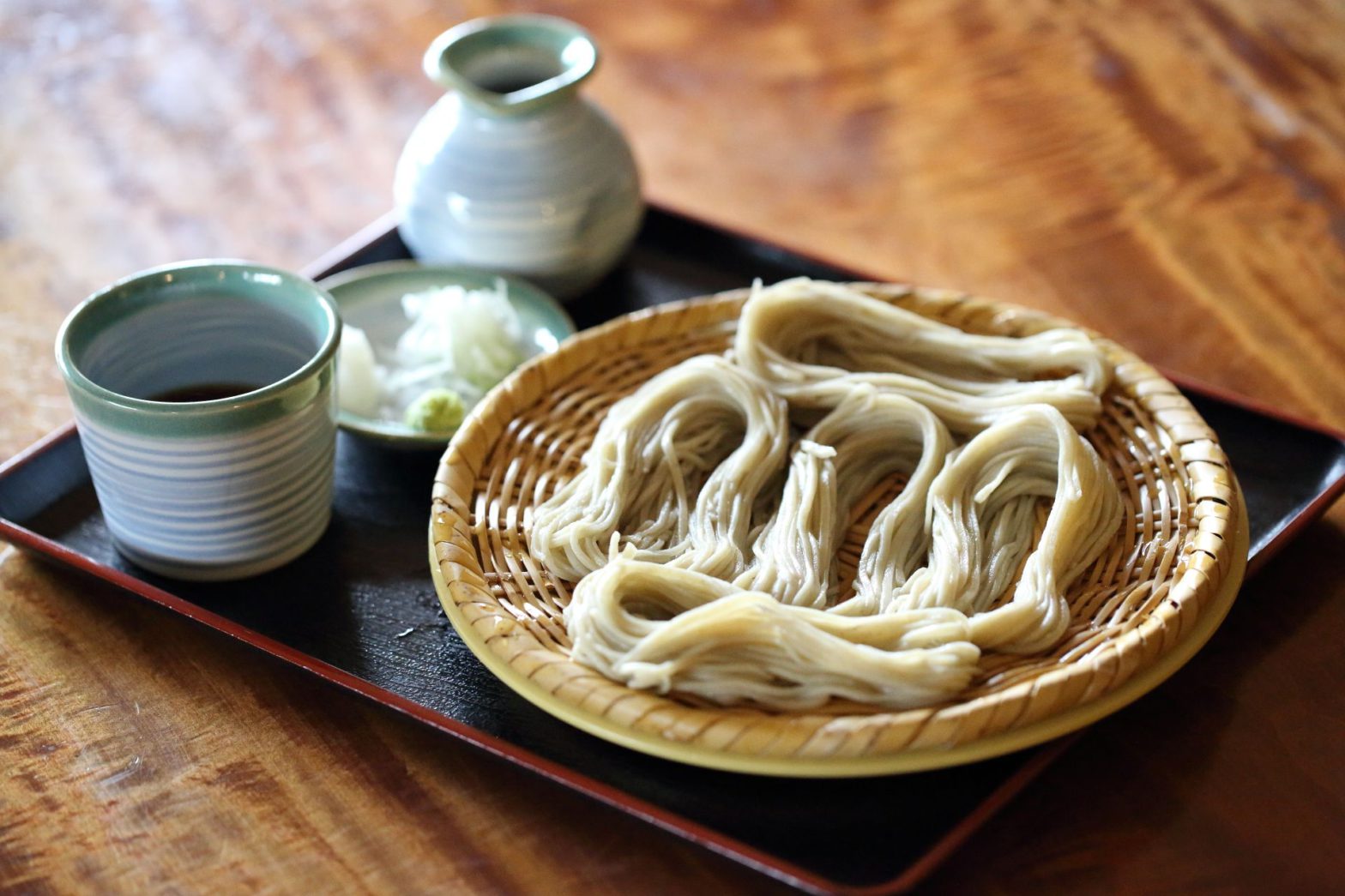
The History of Togakushi Soba, Born of Mount Togakushi Worship
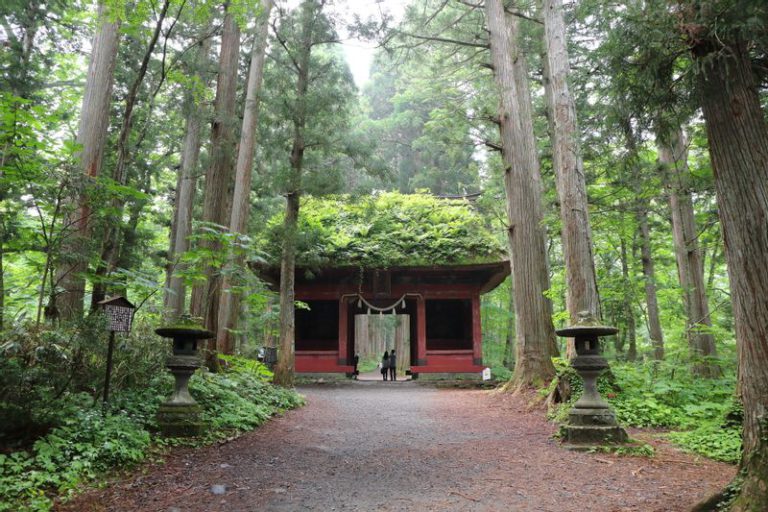
Across Japan, there are many famous soba-producing regions. Because buckwheat is cold-hardy and can grow even where rice cultivation is difficult, soba culture has often taken root in mountain areas. Among the many soba locales, “Togakushi soba,” passed down through generations in the Togakushi district of Nagano, is widely known nationwide as one of Japan’s three great soba noodles. To begin with, this is rooted in its connection to the worship of Mount Togakushi.
In the Heian period (794–1185), this land, home to the sacred peak of Mount Togakushi, flourished as a training ground for mountain ascetics. Even today, Mount Togakushi is known as a mountain with many difficult sections for advanced climbers, and the trail begins at the solemn Okusha, or inner shrine of Togakushi Shrine. Soba was valued as portable provisions that sustained these monks; it is thought they ate foods such as sobagaki, buckwheat flour kneaded with hot water.
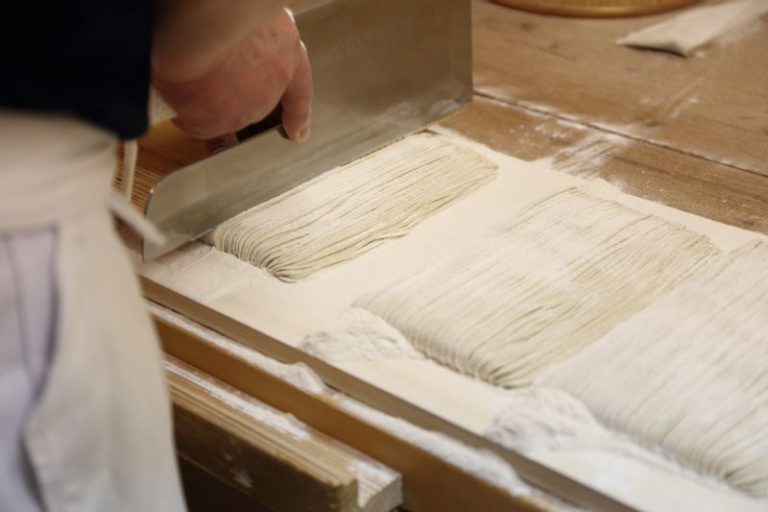
The techniques for making soba noodles—soba-uchi (mixing and kneading) and soba-kiri (cutting)—reached Togakushi in the Edo period (1603–1867). Serving soba noodles to pilgrims visiting from all over Japan would, in time, lead to what we now call Togakushi soba. At Chusha, or the middle shrine of Togakushi Shrine, near the foot of Mount Togakushi, the New Soba Offering Festival is still held every year in early November. It is a ritual in which craftsmen make soba noodles from the freshly harvested buckwheat crop and offer them to the gods.
Summer and Autumn: The Seasons for Togakushi Soba Come Twice a Year
From late June into early July, the buckwheat fields burst into bloom with pure white flowers. The fields we visited for this article were a spectacular sight. Buckwheat is often called a landscape crop, and during each flowering season it draws many tourists from all over Japan.
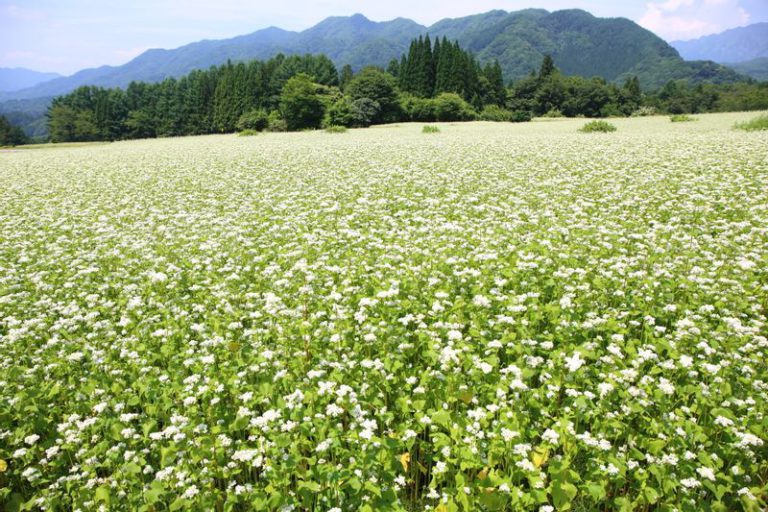
“Buckwheat is what’s known as a cross-pollinating plant, meaning it can only be fertilized by pollen from a different plant. The flowers have to bloom and rely on bees and other insects to carry the pollen, or there won’t be any buckwheat seeds. So there’s a reason those flowers are so beautiful,” says Yuki Takeuchi of Soba no Kuni, the agricultural corporation that manages the fields.
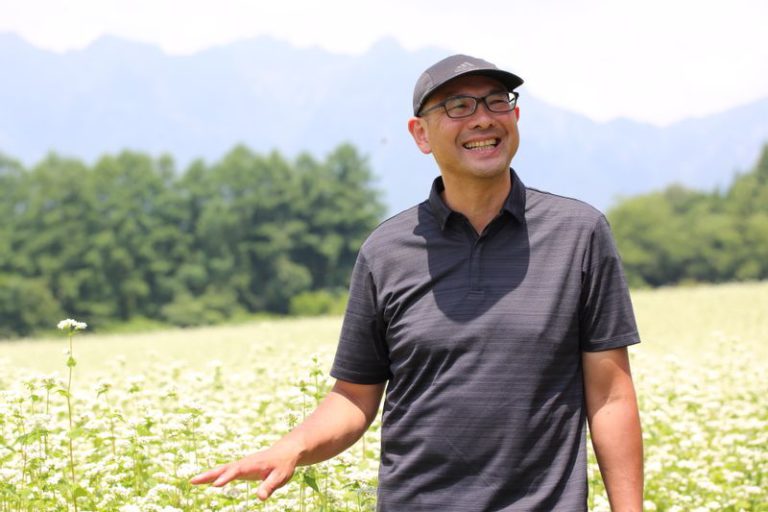
In Togakushi, farmers grow and harvest twice a year as summer soba and autumn soba. Because frost damages buckwheat, summer soba is cultivated from May–July and autumn soba from August–October. The buckwheat fields spread across the Togakushi Plateau at around 800–1,100m above sea level. Large temperature swings between morning and evening, the sloped terrain, and well-drained volcanic-ash soils make the area well suited to buckwheat.
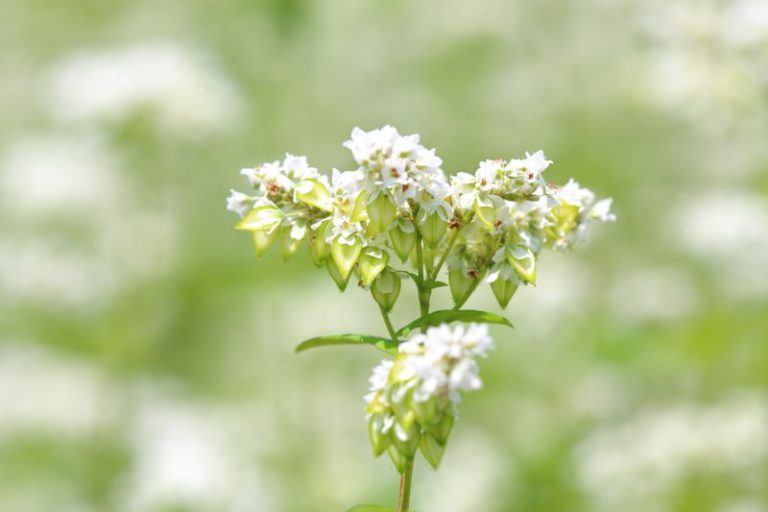
There is also another benefit of the area’s wide day to night temperature difference. “In summer the daytime temperature is close to 30°C (86°F), but at night it cools into the teens (50–66°F), so dew forms on the buckwheat. The plants take up that morning dew as moisture. That’s why Togakushi’s buckwheat grows well even when there isn’t much rain.”
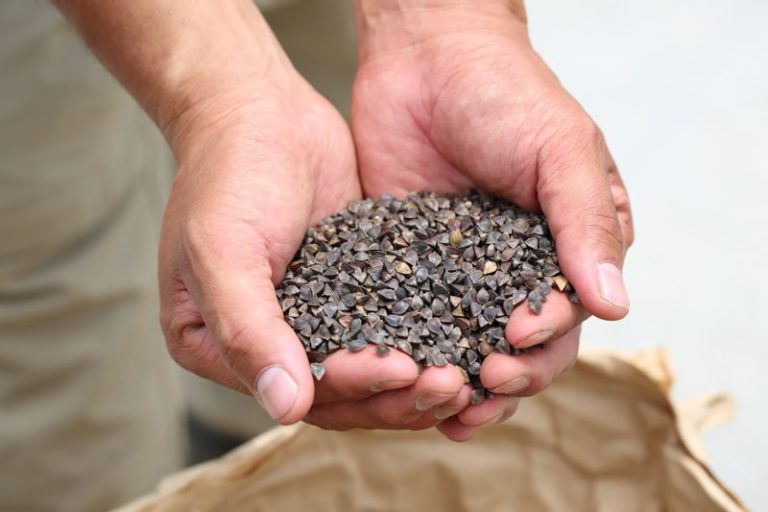
The varieties also change with the season: early-maturing cultivars for summer soba, and Togakushi’s local heirloom strain in autumn. Breeding of Nagano-bred varieties is underway as well, and Takeuchi says he hopes to eventually standardize on prefecture-developed strains.
Everything but the Dipping Sauce Is Togakushi-Made: Soba Like No Other
“What’s distinctive about Togakushi soba is that, of course, there are artisans for every step, from cultivating buckwheat and milling the flour to making the noodles. The condiment is a traditional local radish called Togakushi daikon, and the serving baskets are Togakushi takezaiku, which refers to traditional ware woven from nemagari-dake bamboo that grows wild in Togakushi. I don’t think there’s anywhere else in Japan where so many elements for eating soba come together like this,” says Takeuchi. Togakushi soba embodies the area’s history, climate and landscape, and the traditional skills its people have passed on for generations.
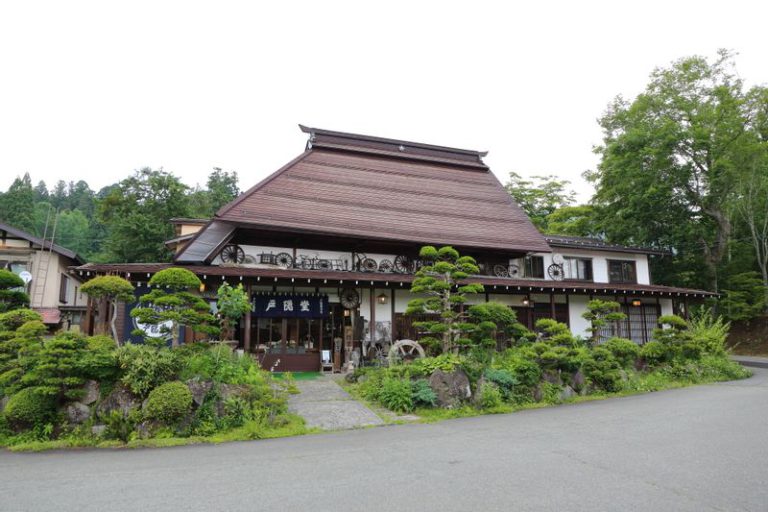
To taste Togakushi soba at its source, we visit Togakushido, a shop near Togakushi Shrine’s Chusha (Middle Shrine). The place has a folk-craft charm, decorated with lighting fixtures of various shapes made from bamboo work. Third-generation owner Ryuta Murakami promptly sets to work making the noodles.
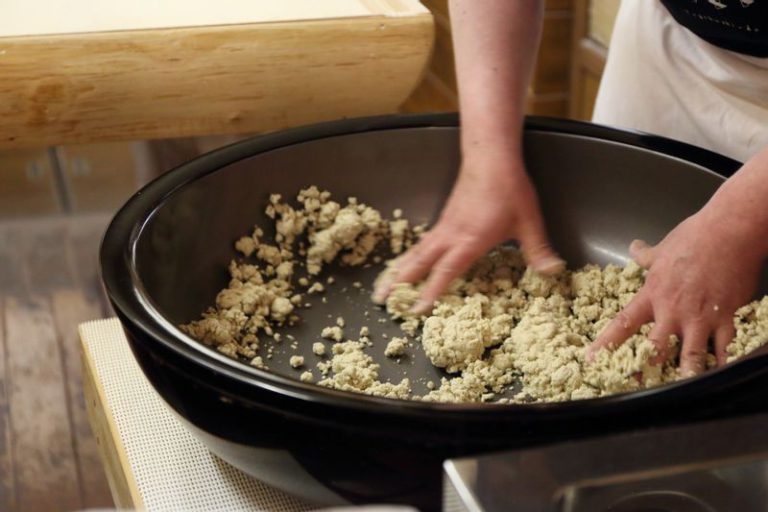
Togakushido uses stone-ground buckwheat flour, which gives the noodles a gentle elasticity and a moist, smooth texture. The variety changes with the season, and, as you’d expect, summer soba and autumn soba taste different. “Summer soba has a fresh, green aroma and a clean finish. Autumn soba is fuller in both flavor and fragrance, rich and rounded. Here we use Shinano Natsu Soba in summer, and the Togakushi heirloom strain or Shinano Ichigo in autumn.”

One characteristic of Togakushi soba is the way it’s plated, called bocchi-mori. At Togakushido, a single serving is divided into five small bundles, each folded in half and arranged on the tray. Well-versed in local history, Murakami offers this view of its origins.
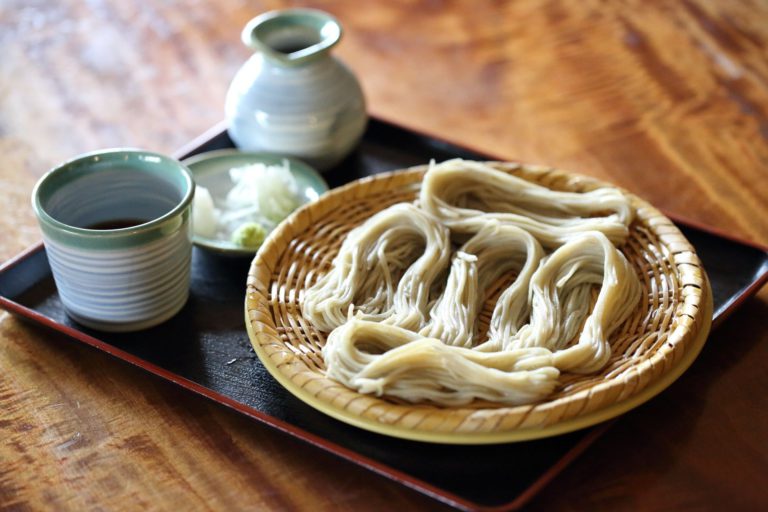
“I believe that when it was originally served at temple lodgings, it was piled onto one large basket for everyone to share. To make it easier to eat, they began dividing it into bite-sized bundles, and that may be the origin of bocchi-mori. There are various theories, but that’s what I think.”
Soba served bocchi-mori style is easy to grasp with chopsticks and very approachable. Murakami’s noodles are just the right thickness, with a smooth feel. Even without dipping them in the sauce, the buckwheat’s natural sweetness comes through.

“Togakushi has so many soba shops, and the noodle texture, thickness, and the flavor of the dipping sauce all vary from place to place, making for a very interesting cuisine. I hope you’ll find some Togakushi soba to call your favorite,” says Murakami.
Born in Togakushi and finished with techniques passed down for generations there, Togakushi soba feels like tasting the land itself. It is a taste to be savored along with the story behind it.

